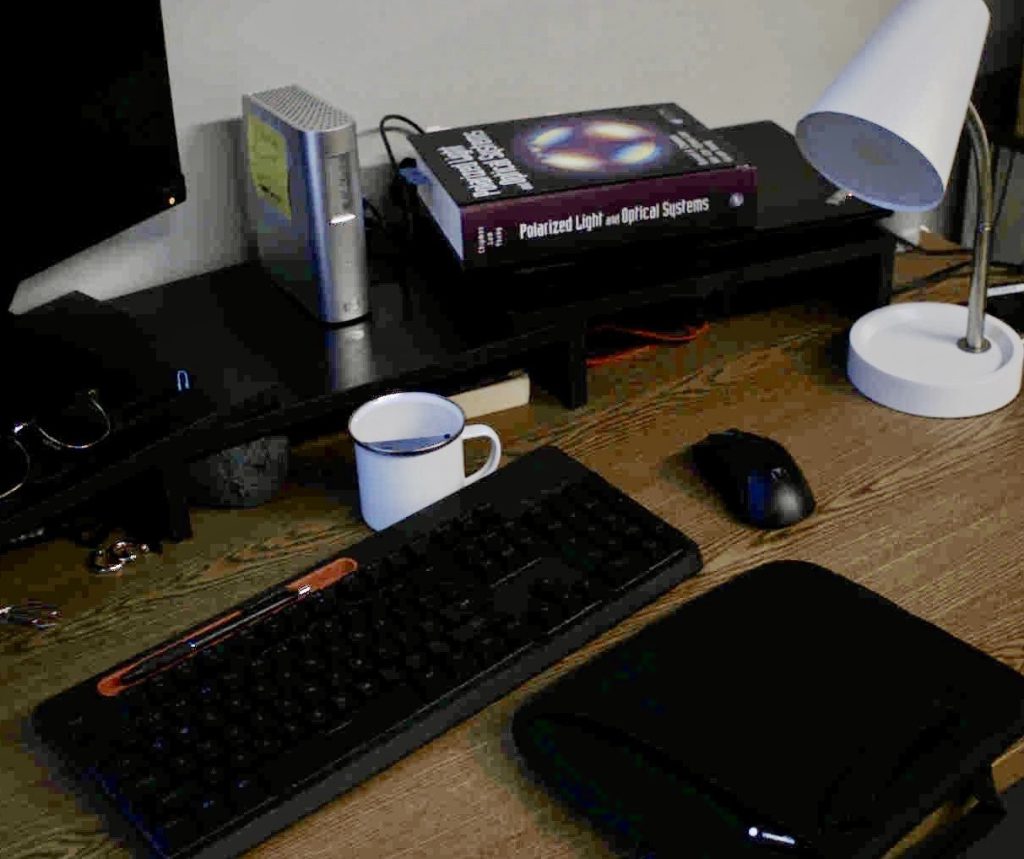PHD Student: Lily McKenna, Charlie Tribble
Alumnus: Quinn Jarecki
A Mueller matrix describes how the polarization of light changes upon interacting with an object, such as during reflection or transmission. Given a Mueller polarimetric measurement and a model of the polarized bidirectional reflectance distribution function (pBRDF) of an object, an inverse problem estimates the scattering geometry that created the measurement. Polarized reflections depend on the wavelength, material, and shape of an object. Therefore the scattering geometry allows the surface normals of the object or scene to be calculated. This method, known as shape-from-polarization, has applications in computer vision. Additionally, material properties can be obtained such as the birefringence distribution. Solving these inverse problems requires the pBRDF to be modeled accurately. In order to test and improve these models, measurements of a variety of materials at many angles are obtained. Accurate representation of the pBRDF also allows for physics-based rendering of polarization in scenes which is applied in computer graphics.
RGB vs. AoLP images of a desk with lamp off

RGB image of desk w/ lamp off

AoLP image of desk w/ lamp off
RGB vs. AoLP images of a desk with lamp on

RGB image of desk w/ lamp on

AoLP image of desk w/ lamp on
*AoLP stands for Angle of Linear Polarization.
**Each color represents an angle ranging from 0 to 180. Click here to view plot.